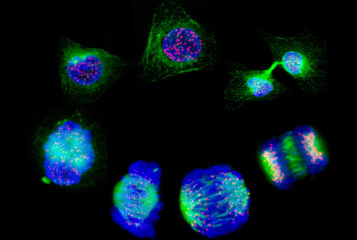China has approved a national research ethics committee to advise its government, following the 'CRISPR-babies' scandal last year.
The country's policymaking body gave the go-ahead last month, according to an article in Nature News. The Central Comprehensively Deepening Reforms Commission of the Chinese Communist Party, will set up a national committee. The move was prompted by the international furore over the announcement last November by Dr He Jiankui, then at the Southern University of Science and Technology in Shenzhen, that he had created the world's first genome-edited babies (see BioNews 977).
Little detail has been released on how the new committee will work, but it will aim to 'strengthen the coordination and implementation of a comprehensive and consistent system of ethics governance for science and technology'.
Professor Qiu Renzong, a bioethicist at the Chinese Academy of Social Science in Beijing, said it could help identify and close regulatory 'loopholes'.
Biomedical research in humans currently falls under China's National Health Commission, while most other bioethical issues including research in animals is regulated by the country's Ministry of Science and Technology.
A review by Guangdong's health ministry in January found that Dr He had faked an ethical review certificate. According to bioethicists, the informed consent that Dr He gained from the volunteer couples in his study was also invalid, said Nature.
A 'small circle of trust' internationally knew of or suspected what Dr He was doing, said Ryan Ferrell, hired by Dr He as a public relations specialist. He told Science that this circle included about five dozen people.
Dr He's revelation last year prompted outcry among the scientific community, with some branding him as a 'rogue scientist'. Geneticist Professor George Church at Harvard University in Cambridge, Massachusetts, who was not in the 'circle', told Science: 'He had an awful lot of company to be called a "rogue".'





Leave a Reply
You must be logged in to post a comment.